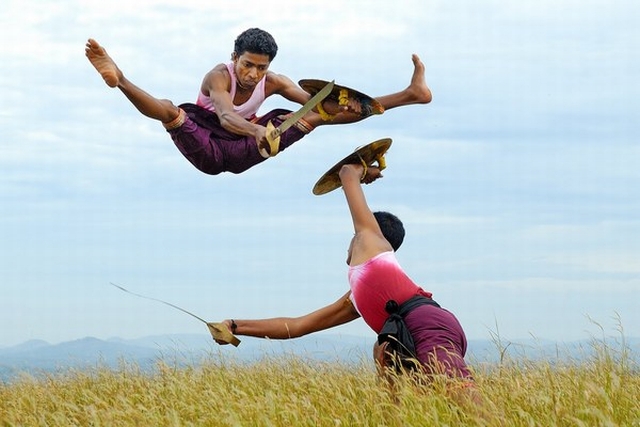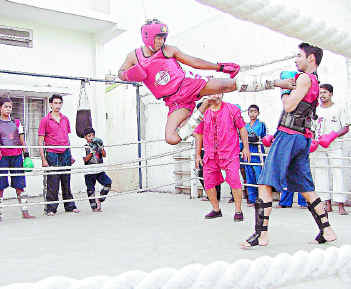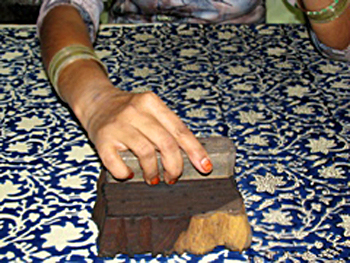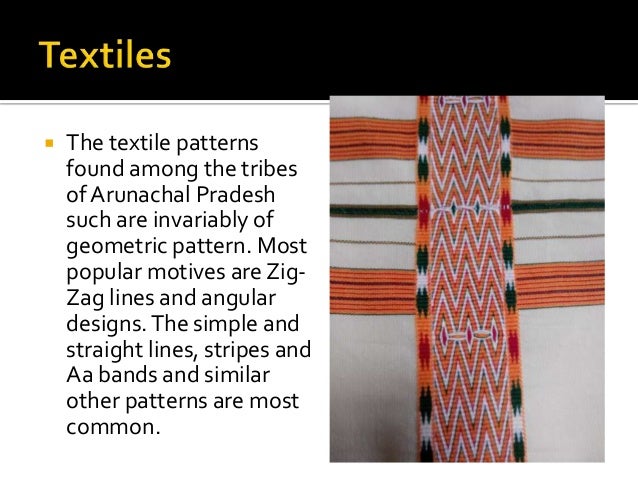Indian Culture Special Part - 1
# 1. CHANNAPATNA Handicraft
Channapatna handcraft can be traced to the reign of Tipu Sultan who invited artisans from Persia to train local artisans in the making of the wooden toys.
- The traditional wooden toy-and-doll craft, with perfected lacquer-ware of Channapatna (on the Bangalore-Mysore highway).
- It is protected by a geographical indication (GI) tag but today a crisis stares the industry in the face.
- The art is known for its mix of vegetable dye and food grade pigments, with natural shellac insect residue.
- It obtained from the trees of Amaltaas and Kusum in West Bengal, Jharkhand and Orissa.
- Although Channapatna’s toy industry survives, what pains is the near-absence of lacquering that attaches a heritage value to it.
#2 Martial dances of India
Martial dances of India
- Chholia of Uttranchal,
- Kalari paittu of Kerala,
- Thang-taa of Manipur
- Gatka of Punjab
- Paika of Orissa
- Pang Lhabosol of Sikkim
Kalarippayattu (asked in UPSC Prelim 2014) :
- Kalarippayattu is a famous Indian martial art from land of attraction Kerala and one of the oldest fighting systems in existence.
- It is practiced in most of the part of south India.
- A kalari is the school or training hall where martial arts are taught.
- It includes strikes, kicks and some weapon based practiced,
- Footwork patterns is most important key in Kalarippayattu.
- It is the best Indian martial art that has been used in many movies to make it popular, like Ashoka and The myth.
 |
Silambam:
- Silambamis, a weapon-based Indian martial art from Tamil Nadu.
- Every states has it own style of martial arts.
- A wide variety of weapons are used in silamban, some of which are not found anywhere else in the world.
- Silambam art also used animal movements of snake, tiger, eagle forms and footwork patterns is play a key role here as well.
- Another part of Silambam is Kuttu varisai, it is the unarmed kind of martial art.

Gatka:
- Gatkais weapon-based Indian martial art basically created by the Sikhs of Punjab.
- There are many weapons used in Gatka like, Stick, Talwar, kirpan and kataar.
- The attacking and defense methods are based upon the positions of the hands feet and nature of weapons used.
- It is also displayed during the different celebrations or at fairs in Punjab.
- The sport form is played by two opponents wielding wooden staves called gatka. These sticks may be paired with a shield. Points are scored for making contact with the stick.
- The other weapons are not used for sparring, but their techniques are taught through forms training.
- It is based on the basic principle of unification of the mind, body and spirit in a rhythm of life to train a saint-soldier to be able to defend himself/herself.

Musti yuddha:
- It is unarmed martial art from the oldest city of India “Varanasi“.
- Technique used in this martial arts are punches, kicks, knees and elbow strikes.
- This style is a complete art of physical, mental and spiritual development.
- This art is very rarely visible but was very popular in middle age.

Thang Ta:
- Thang Ta is popular term for the ancient Manipuri Martial Art also known as HUYEN LALLONG.
- Manipuri martial arts with swords and spears, is a strong yet gracefully sophisticated art.
- The Manipuri art of huyen lalong was once practiced by the state's indigenous hill tribes who would engage in duels governed by strict rules of conduct.
- The armed component called thang-ta is named after the system's main weapons, the thang (sword) and ta (spear). Practitioners spar through cheibi gatka in which a foam sword is used together with a shield.
- Unarmed huyen lalong is called sarit-sarak and is used in conjunction with thang-ta when the fighter loses their weapon

Lathi:
- Lathi is an ancient armed martial art of India.
- It also refers one of the world’s oldest weapons used in martial arts.
- Lathi or stick martial arts practiced in Punjab and Bengal region of India.
- Lathi still remains a popular sport in Indian villages.
 |
Mardani Khel:
- Mardani Khel is an armed method of martial art created by the Maratha.
- This traditional martial art of Maharashtra is practiced in kolhapur.

Pari-khanda:
- Pari-khandaa style of sword and shield fighting from Bihar.
- This art is created by the rajputs.
- Pari-khanda steps and techniques are also used in Chau dance.
-------------------------------------------------------------------------------------------------
#3 Folk Dance in India
.
Classification of Folk Dances of India:
- Occupational
- Seasonal
- Martial
- Devotional
- Ritualistic
- Numerous with local variations to various religions and cultures
- Guided by songs that glorify nature
- Express traditional occupation and devotion to the deities
Garba Folk Dance (Gujarat):
Bihu Folk Dance (Assam):
Chhau Folk Dance (Eastern India):
- Martial dance form – male dance with use of mask
- West Bengal, Orissa and Jharkhand
- 3 styles: Seraikela (Jharkhand), Purulia (Bengal), Mayurbanj (Orissa) – popular in Purulia district of West Bengal
- Derived from ‘Chhaya’ – shadow or mask
- Depict themes from Ramayana, Mahabharatha and Puranas
Padayani Folk Dance (Kerala):
- Regional temple festivals
- Main centres – Kottayam, Quilom, Pathanamthitta, Aleppey districts
- Masks of various shapes
Gaur Folk Dance (M.P):
- Bastar district
- Marriages
- Meaning – ferocious bison
- Call for the dance is given by sanding a bamboo trumpet or horn
- Men and women
- Costume (men) – head – dresses decorated with strings of cowrie shells and plumes of peacock
- Costume (women) – brass hillets and bead necklaces
- Men with drums move in a circle >> create variety of dancing patterns
- Incorporates movements of a bison
Jhoomar Folk Dance (Punjab):
- Harvest season
- Slower and more rhythmic form of Bhangra
- Content of songs – love and emotion
- Performed in a circle to the tune of songs
Kummi Folk Dance (Tamil Nadu):
Therukoothu Folk Dance (Tamil Nadu):
- Junctions of the village during village festivities
- Men and Women
Majilattom Folk Dance (Tamil Nadu):
- Artistic and religious form of dance performed in temples
- Performer dances on a tall piece of wood attached to the end of his feet
- Wears costumes from head to toe like a peacock with beak
Yakshagana Folk Dance (Karnataka):
- Musical dance drama based on Ramayana and Mahabharatha which deals with themes of valour and heroism
- Mainly manifestation of God Vishnu
- Imp – footwork, hand gestures – absent
- Costumes – red and yellow colours
- Starts in the twilight hours with the beating of compositions on drums from upto an hour before the actors get on stage
- Depicts a story from Indian epics and puranas
Dandiya Raas (Gujarat):
Kutiyattam Folk Dance (Kerala):
Hikat Folk Dance (J & K):
Expression of joy and love by guys and girls
Ras Dances (Manipur):
Jatra (West Bengal):
- 15th century as a result of Bhakti movement in which the devotees of Krishna go in a procession (Yatra or Jatra) to holy places singing and dancing
Baul (West Bengal):
- Wandering minstrel of Sahajiya sect(Tantric sect of Bengal) hold week long festival during which they sing and dance
All these Folk dances of India contributed a lot for the development of Classical dances.
--------------------------------------------------------------------------------
#4 Famous Sarees in India
Types of Sarees – Places Famous for it
- Paithani – Paithan (Maharashtra)
- Tanchoi silk – Varanasi
- Pochampalli – Hyderabad
- Chanderi – Chanderi (MP)
- Muga silk – Sualkuchi (Assam)
- Sambalpuri – Sambalpur
- Jamdani – Bengal and UP
- Baluchari – Murshidabad (W.Bengal)
KALAMKARI

- Painted & printed textiles of AP
- Kalamkari came from brush like instrument like “Kalam”: used in medieval period to draw pattern on fabric with natural colour.
- The clothes from the former school were influenced by Persian painting and the tenets of Islam and Kalahasthi school reproduced scenes from Hindu mythology
- The art of Kalamkari belongs to 2 distinct schools – Masulipatnam (muslim rulers) & Srikalahasthi (Hindu temples)
APA TANI WEAVES:
- Apa Tani tribe – lower Subansiri dt of Arunachal Pradesh
- Home – Ziro in Apa Tani plateau located in North of Itanagar
- Women – weaving and one or two portable loin loom
- Traditional colours – Red, Green and Yellow obtained from leaves, roots, creepers and the barks of trees
- Cloth – use of broad stripes alternating with narrow ones
- Other geometric patterns – extra weft technique
Baademeri Print
- Manifestation of Rajasthani folk art on textiles
- Recognized by their motifs, boldness of designs and stark colours
- Chief centre of production – Sindh: Hindus of Badmer are engaged in this art
-------------------------------------------------------------------------------------------------------
# 5 Languishing Crafts in India
Name of the craft
|
Place
|
State
|
Indigo Dyeing
|
Sivasagar
|
Assam
|
Assamese Jewellery
 |
Jorhat
|
Assam
|
Mirizhim
 |
Manjula
|
Assam
|
Natural Dyeing
 |
Nangpho
|
Assam
|
Saphe Lamphee
|
Imphal
|
Manipur
|
Lashingphee
 |
Imphal
|
Manipur
|
Natural Block Printing
|
Imphal
|
Manipur
|
Miniature Painting
|
Hyderabad
|
Andhra Pradesh
|
Cherial Painting
|
Cherial
|
Andhra Pradesh
|
Raja Rani Dolls
|
Tirupati
|
Andhra Pradesh
|
Temple Kalamkari
|
Kumbkodam
|
Tamil Nadu
|
Temple Applique
 |
Madurai
|
Tamil Nadu
|
Gheso Work
 |
Bikaner
|
Rajasthan
|
Kavad
|
Bassi
|
Rajasthan
|
Danka
|
Udaipur
|
Rajasthan
|
Rogan Painting
|
Nirona
|
Gujarat
|
Warak printing
 |
Udaipur
|
Rajasthan
|
Mend Ki Chapai
|
Sanganer
|
Rajasthan
|
Split Ply-braiding
 |
Thar Region (India)
|
Rajasthan
|
Pithora Painting
 |
Jhabua
|
Madhya Pradesh
|
Hand Block Printing
|
Tarapur/Javad
|
Madhya Pradesh
|
Sanjhi Crafts
 |
Mathura
|
U.P.
|
Cuttaki Chappals
|
Barang
|
Orissa
|
Horn Craft
|
Cuttack
|
Orissa
|
Ganjeefa Cards
 |
Sonepur
|
Orissa
|
Wood Toys
|
Bargarh
|
Orissa
|
Copper snake
|
Boudh
|
Orissa
|
Namda
 |
Srinagar
|
Kashmir
|
Pinjrakari
 |
Srinagar
|
Kashmir
|
Pottery
|
Srinagar
|
Kashmir
|
Silver ware
|
Srinagar
|
Kashmir
|
Tapestry
|
Srinagar
|
Kashmir
|
Wagu
|
Srinagar
|
Kashmir
|
Chamba Rumal
 |
Chamba
|
Himachal Pradesh
|
Suri Bowl/Sherpai
|
Birbhum
|
West Bengal
|

































